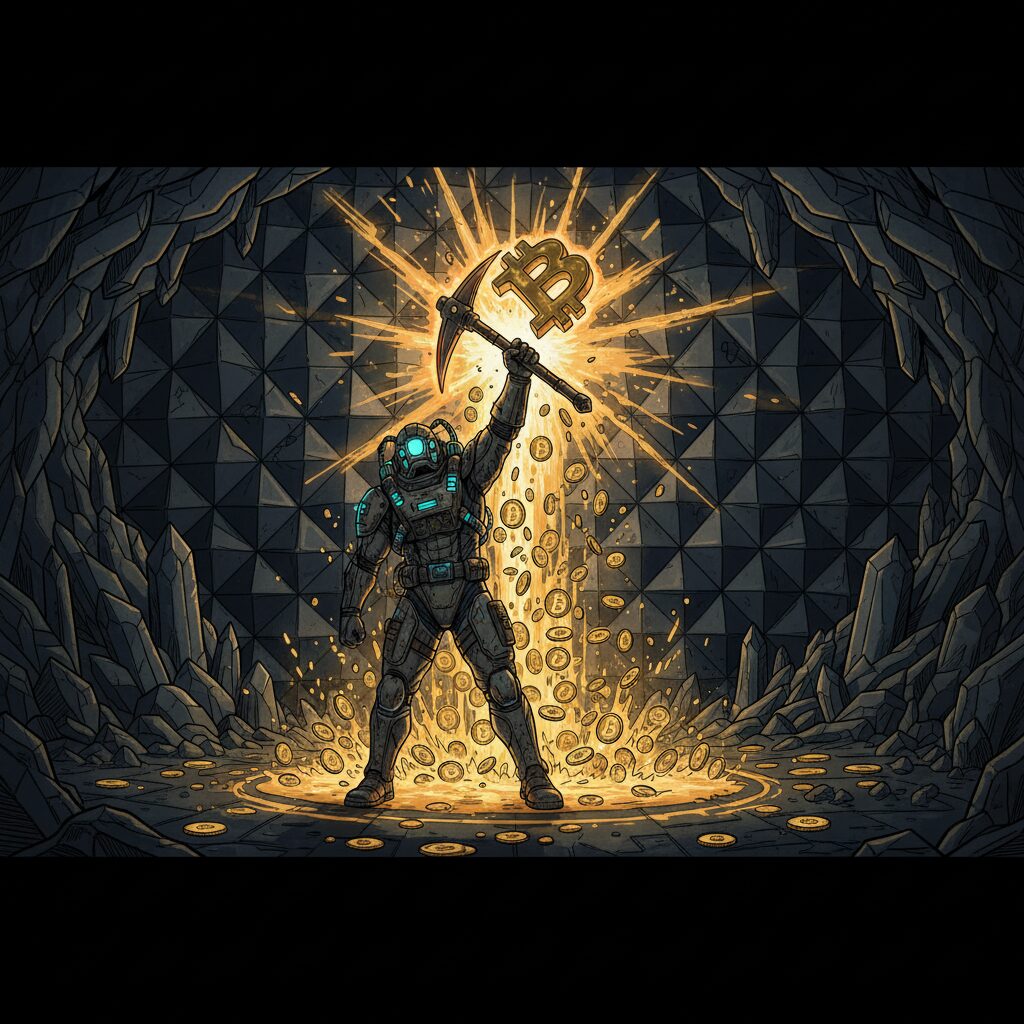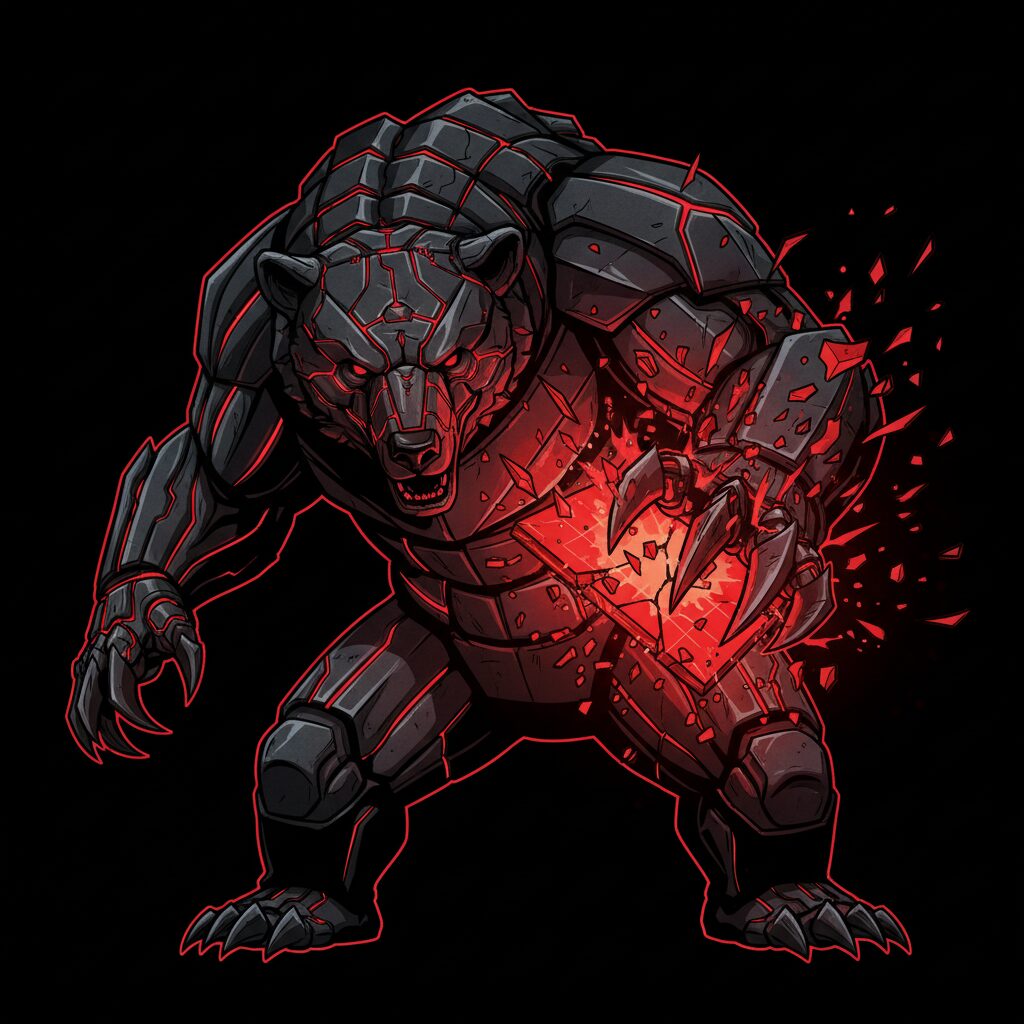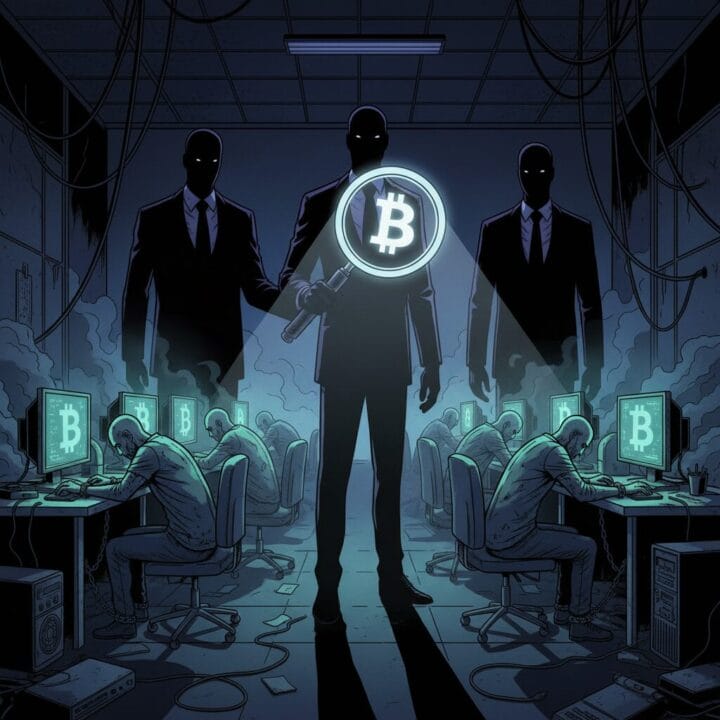Solo Bitcoin Miner Defies Ten-Million-to-One Odds for $347,000 Reward

An Unlikely Discovery
A lone Bitcoin miner recently accomplished a feat with odds of approximately one in ten million, successfully mining a block and earning a reward worth around $347,000. The event, which was first shared on Reddit, highlights the immense challenge of solo mining in an industry now dominated by large-scale operations.
The user claimed to have mined Bitcoin block 920440 using a small Umbrel Mini device without the support of a major mining pool. The reward for this achievement was 3.125 BTC plus transaction fees. The post quickly gained traction in the crypto community, with many expressing both congratulations and a healthy dose of skepticism, pending verification of the on-chain data.
On-Chain Evidence Confirms the Feat
An examination of the public Bitcoin blockchain confirmed the solo miner’s story. The data for block 920440, mined on October 23, contained a unique detail in its Coinbase tag—a short text note inserted by the miner’s software. The tag read “Public Pool on Umbrel,” directly matching the user’s claim of using an Umbrel device.
This evidence is significant because blocks mined by industrial-scale operations like Foundry USA, AntPool, or F2Pool are clearly marked with their names. The custom tag and the absence of a major pool’s signature strongly suggest the block was indeed produced by an independent miner. While platforms like CKPool allow individuals to mine solo, this win appears to have come from a private setup, making it even more remarkable.
The Reality of Solo Mining in 2025
Mining a Bitcoin block requires solving a complex cryptographic puzzle through sheer computing power. Miners test random numbers, or nonces, until one generates a hash that meets the network’s difficulty target. With the total network hashrate now exceeding one zettahash—or one sextillion calculations per second—the chances for a small-scale miner are vanishingly small.
A home setup might consist of one or two Application-Specific Integrated Circuits (ASICs), machines designed solely for this task. Even a top-tier ASIC producing hundreds of terahashes per second has only about a 0.000022% chance of finding a block in any given ten-minute window. Statistically, such a machine would need to run for millions of years to find a block on its own.
To compete, industrial miners operate vast facilities in regions with low electricity costs, using thousands of ASICs and sophisticated cooling systems. The vast majority of these miners combine their power in mining pools, sharing resources to find blocks consistently and receiving proportional rewards. In 2025, these pools account for nearly all of the global block production, making solo mining less a viable strategy and more a lottery ticket against astronomical odds.
The Dominance of Mining Pools
The vast majority of Bitcoin’s block production is concentrated in the hands of a few major players. Public data consistently shows that the top five mining pools are responsible for 75% to 85% of global block creation at any given time, with smaller or unidentified operations handling the remainder.
The Reality for the Solo Miner
For individuals, the picture is starkly different. The role of home-based miners has become statistically insignificant in the network’s operation. In Bitcoin’s entire history, only a few hundred blocks have ever been successfully found by solo miners, highlighting just how rare it is for an individual to discover one independently.
The economics present a primary barrier. Paying standard residential electricity rates makes mining at home largely unprofitable unless a miner gets extraordinarily lucky. In simple terms, almost every block on the network today is produced by large, professional operations, while independent achievements remain rare exceptions.
A Modern Approach to Home Mining
Anyone thinking about home mining in 2025 should treat it as a hands-on experiment rather than an investment. While it is not a path to reliable income, it offers valuable insight into the mechanics that keep the Bitcoin network secure and decentralized.











